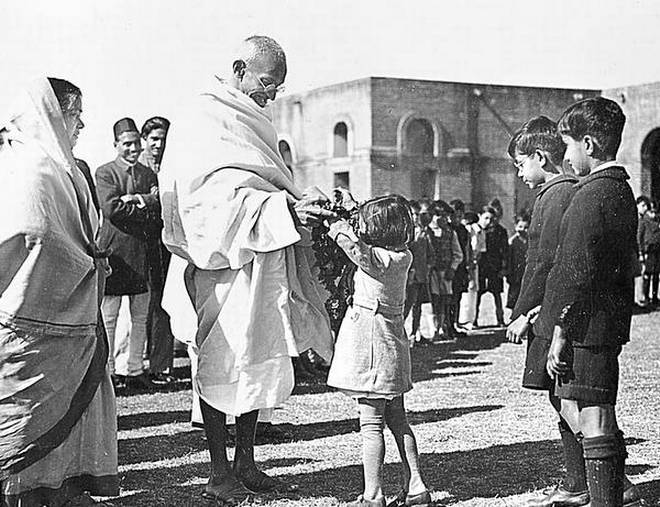The deadly ‘Blue Whale Challenge’ is terminologically only a ‘game’ but is it really just that? Let us explore why games which were initially made to create moments of collective recreation and unwinding are fast becoming roadmaps to an ugly and devastating future.
Kabir | The New Leam
Traditionally games have been associated with sports activities where two or more players follow a set of rules and accomplish a certain key goal, in spite of the fact that there is an element of competitiveness inherent in games nevertheless games were primarily seen as forms of recreation and designed for the mental relaxation of the participant. Thus in every nook and corner of the world it is not a rare site to see people enjoy various games from outdoor sports like cricket or football to indoor sports ranging from table tennis, board games or contemporary video based games.
Thus what is evident is that these forms of recreation allowed the participant a moment of unconditional relaxation and an occasion to unwind- a time and space where he/she can be free, laugh and share and allow them even if for a moment to step down from the speed of everyday life. But today, this very spirit of games has been challenged. It is a paradox that like all our other engagements be it business, trade and commerce, academics or professions our relationship with ‘games’ too has become very complicated, tense and devoid of the cooperative spirit of mutual enjoyment. Perhaps it is this growing culture that has dissociated sports from recreational engagement and converted it into a primarily cut-throat/ hyper-competitive venture. This is most abundantly reflected in our own country when we witness the IPL seasons or any international tournament especially with neighbouring countries with which we may not enjoy a pleasant relation: it is almost a battlefield and thus we never care to appreciate quality sportsmanship and obsess ourselves only with winning and losing. This means that watching a game is no longer a moment of cherishment but has turned into another occasion for worry and anxiety.
The way that we look at games today is not a matter that we can afford to take lightly in our times as it reflects the pathos of the nation’s social psychology which is not only moving towards the disastrous death instinct but also reflects the undercurrent of social discontent, intolerance and restlessness among a large section of the younger generation.

A recent report that recently surfaced was about the famous Russian Internet based website-game called the ‘Blue Whale Challenge’ which so far has led to the death of over 130 children across the globe. The challenge is fast becoming popular in India too where some cases of disaster resultant from the game have recently surfaced.
Blue Whale challenge: Indore boy noted every stage in school diary, classmates knew about deadly game
It is interesting to note that the deadly Blue Whale is a 50-day-challenge, which is said to have originated in Russia and is claimed to have already taken over 130 lives across Russia and the Central Asian countries of Kazakhstan and Kyrgyzstan, where it is becoming the most popular these days. In Mumbai a teenage boy named Manpreet Sahani, jumped from the terrace of his seven-storey building on July 30 and is considered to be the online challenge’s first victim in India.
The game is such that it gives the registered player a task per day and each one of the tasks that it gives them is potentially fatal. The player has to continue playing the game for 50 days.The tasks vary from “carve with a razor ‘f57’ on your hand”, and “wake up at 4.20 am and watch psychedelic and scary videos that the curator sends” in the initial days, to going to the “rail tracks at 4.20 am”, “not talking to anyone else”, and finally “jumping off a high building to take your own life” on the 50th day.

It is extremely mysterious how the makers of the game locate potential victims and it is believed that the curators most probably locate their victims based on their posts on different online forums. Those who are the administrators of the challenge use different online forums to reach out to their victims. It can be Instagram, Facebook, WhatsApp or any other online forums. The final challenge of the 50 day challenge is to kill oneself and these actions must be recorded extensively so that the administrators always have a proof. The accomplishment of the final challenge ensures the final victory of the player. Only some hours ago another boy in Maharashtra who had been playing the game for the last many days on his father’s mobile has been rescued by the police when he was on his way to accomplish the final challenge. The deathly challenge is sure to claim many more lives across the world if people’s own discretionary powers continue to be steadily on the decline. Moreover, in the absence of any conducive educational environment/guidance for the cultivation of the inner being and consciousness of young children in society and the social media and television becoming the primary ‘educators’ of the age it is only going to worsen in the times to come. The game is disturbing and extremely disheartening but what it points out is the utter sense of anomie and lack of cohesive control in what is termed the social.
The inclination towards self-harm, an aggressive urge to compete and win at any cost, the madness to even kill for victory is only reflecting the fatal disease that we as a community have been infected with. With no social bonds, with utter meaninglessness and disharmony, with fragmented souls and minds, with lack of emotional connectivity and purpose in life and the market simulation, internet-obsession, the media induced world with knowledge pollution- the conditions are only likely to worsen in the future. What is going so terribly wrong with our society and what is to be held responsible for the malaise? Has education failed us or have societies been reduced into fictional categories with no actual basis? Have we allowed humanity to be replaced by mechanical consumerism? These and many more important questions demand our attention….. but the bigger question is, are we paying any heed?
The New Leam has no external source of funding. For retaining its uniqueness, its high quality, its distinctive philosophy we wish to reduce the degree of dependence on corporate funding. We believe that if individuals like you come forward and SUPPORT THIS ENDEAVOR can make the magazine self-reliant in a very innovative way.














